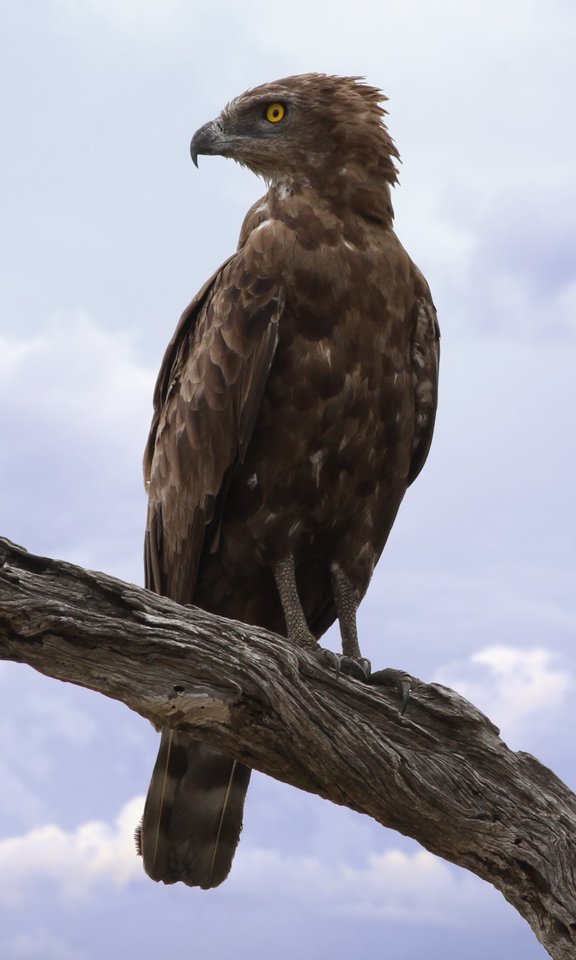Brown snake eagles (Circaetus cinereus) are known for their ability to hunt and eat snakes, including venomous ones. However, there is no scientific evidence or information suggesting that brown snake eagles have the ability to smell their prey. Snakes, including brown snakes, rely on their sense of smell to detect prey, but this is done through their forked tongue and sensory receptors inside the roof of their mouth, rather than through a sense of smell similar to that of mammals. Similarly, brown snake eagles rely on their vision and the movement of their prey to locate and hunt them.
The Sense of Smell in Brown Snake Eagles
Brown snake eagles are birds of prey that belong to the family Accipitridae. These raptors are known for their exceptional hunting skills, particularly their ability to locate and capture snakes, including venomous species. However, their sense of smell is not as well-developed as their vision and other senses.
Olfactory Capabilities of Brown Snake Eagles
Compared to mammals, birds generally have a less developed sense of smell. This is because birds have a smaller olfactory bulb, which is the part of the brain responsible for processing and interpreting olfactory information. In the case of brown snake eagles, their sense of smell is not considered a primary sense for hunting and locating prey.
Reliance on Vision and Movement
Instead of relying on their sense of smell, brown snake eagles primarily use their keen eyesight and the ability to detect the movement of their prey to locate and hunt snakes. These birds of prey have excellent binocular vision, which allows them to accurately track and identify their targets from a distance.
Hunting Strategies of Brown Snake Eagles
 Image source: Brown snake eagle By Derek Keats
Image source: Brown snake eagle By Derek Keats
Brown snake eagles are known for their unique hunting strategies, which do not involve the use of their sense of smell.
Soaring and Scanning
These birds of prey often soar high above the ground, scanning the landscape for any movement or signs of their prey. Their sharp eyesight allows them to spot snakes and other small animals from a considerable distance.
Perch Hunting
Brown snake eagles also employ a perch-hunting technique, where they sit patiently on a high vantage point, such as a tree branch or a rock, and wait for their prey to appear. Once they spot a snake, they swoop down and capture it with their powerful talons.
Aerial Pursuit
In some cases, brown snake eagles may engage in aerial pursuit, chasing and catching snakes in mid-flight. This requires exceptional flying skills and the ability to accurately predict the movements of their prey.
Adaptations for Snake Hunting
Brown snake eagles have evolved several physical and behavioral adaptations that make them highly effective snake hunters.
Powerful Talons and Beak
These birds of prey have strong, sharp talons and a hooked beak that are well-suited for grasping and tearing apart their snake prey. Their talons are capable of piercing the tough skin of snakes, while their beak can be used to rip the prey into smaller pieces.
Venom Resistance
Many brown snake eagles are known to be resistant to the venom of the snakes they hunt, allowing them to safely handle and consume even the most venomous species.
Specialized Hunting Techniques
Brown snake eagles have developed specialized hunting techniques, such as the ability to locate and track snakes based on their movement and visual cues, rather than relying on their sense of smell.
Conclusion
In summary, while brown snake eagles are skilled hunters of snakes, there is no evidence to suggest that they have the ability to smell their prey. Instead, these birds of prey rely on their keen eyesight, exceptional flying skills, and specialized hunting techniques to locate and capture their snake-based diet. Their sense of smell, while present, is not a primary sense used in their hunting strategies.

